- Tech Lead Manager
- Problems I work on
- Finding out the right piece of software to build, then build it
- Give enough challenges to people
- Growing enough basil and parsley
Metaphors
All the brilliant people working on the same thing, at the same time, in the same space, on the same computer. -- Woody Zuill
For an idea to go from someone’s head into the computer, it must go through someone else’s hands. -- Llewellyn Falco
- Driver: Hands
- Navigators: Heads
- Designated Navigator: Voice
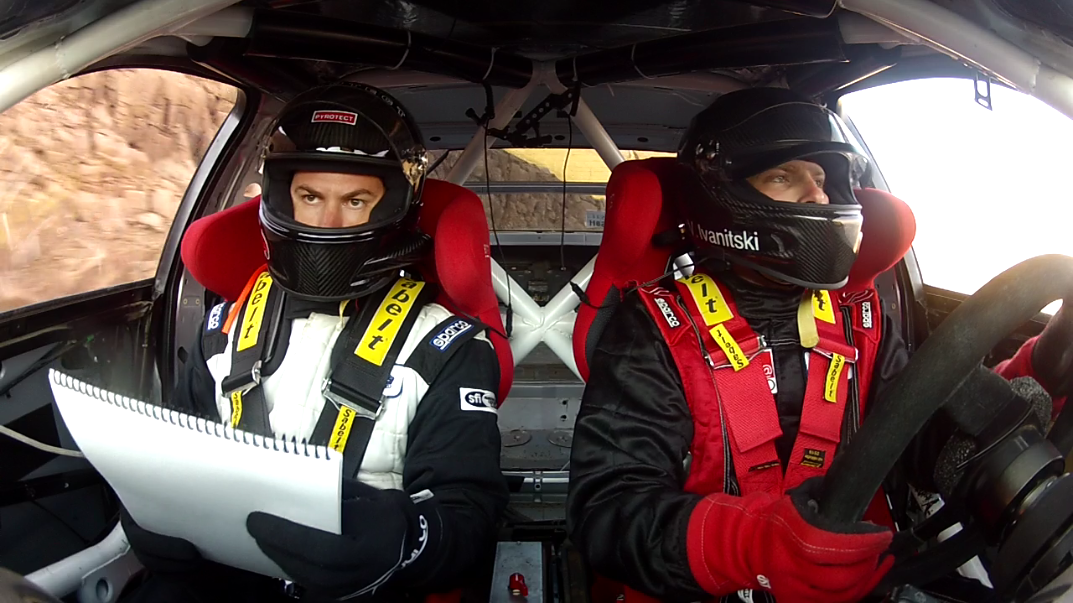


.jpg)
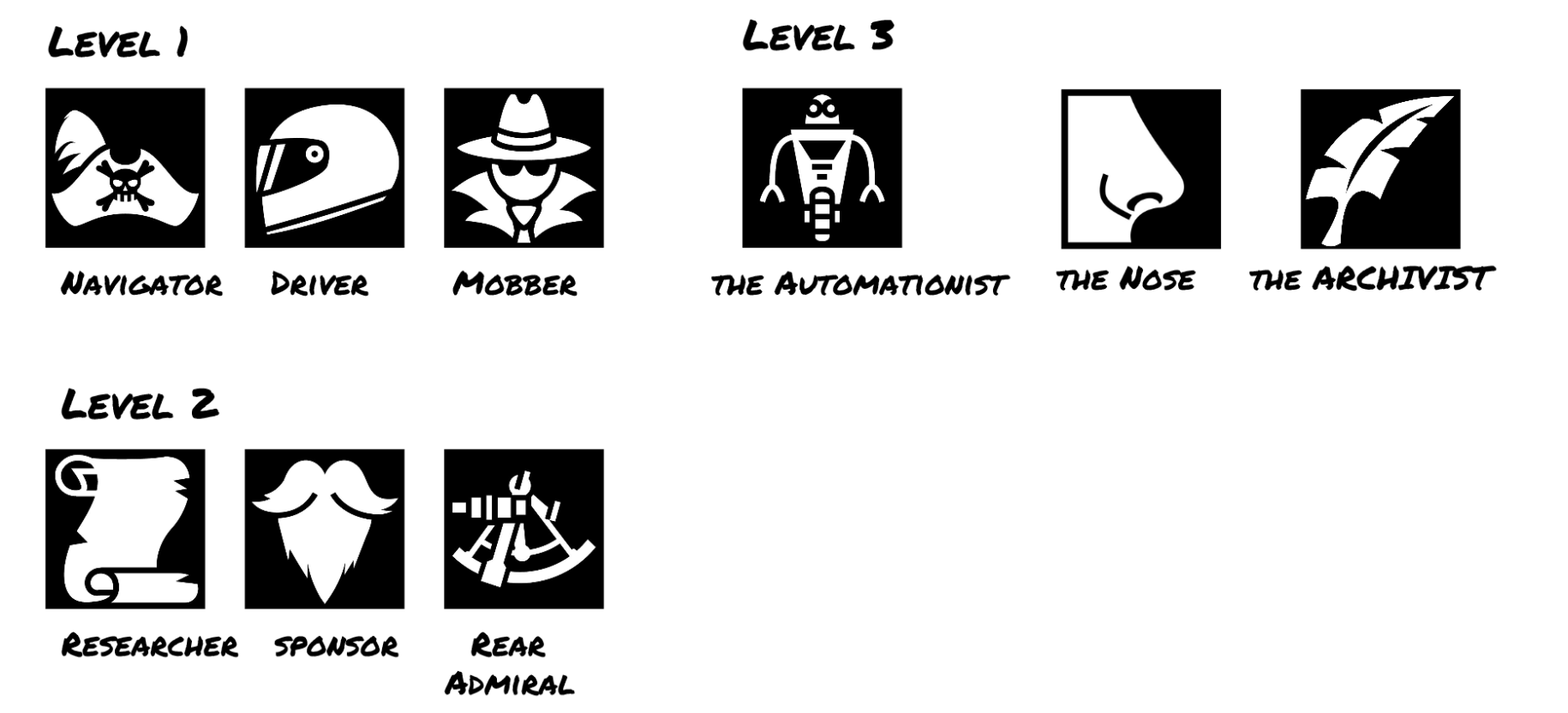
The remoteness of it
- is sharing their screen
- has the only keyboard and mouse
- uses their favourite IDE, setup, and chair
- might not see all faces
- is explicitly collecting group input
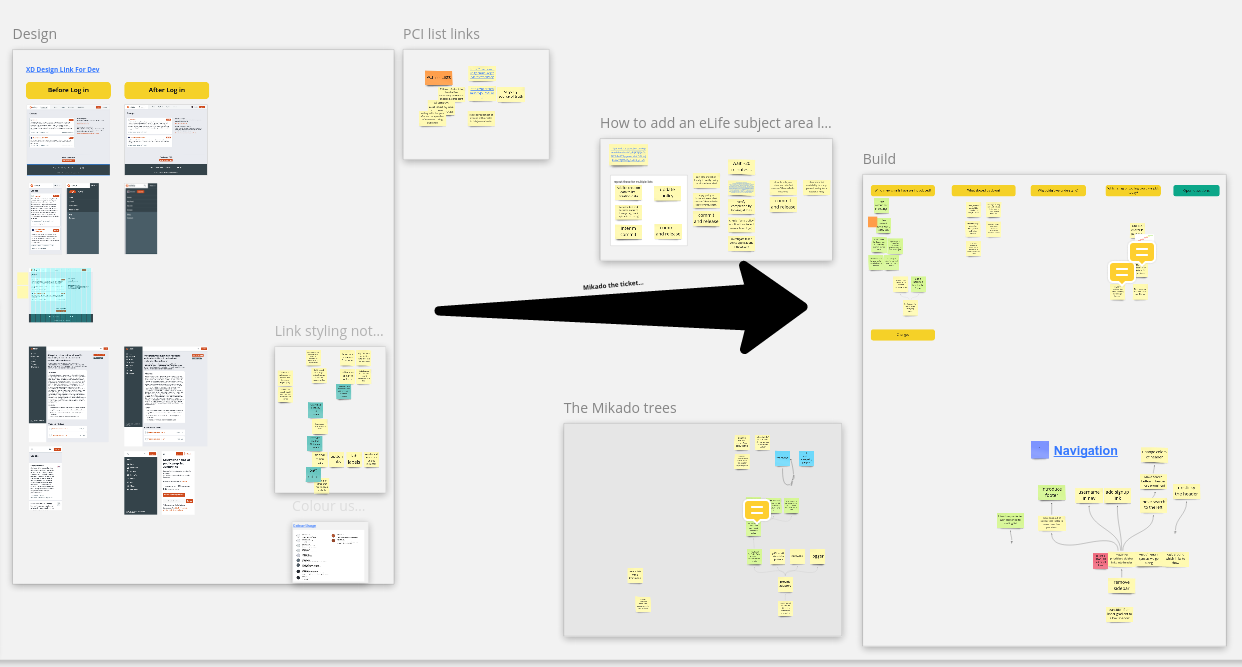

The theory
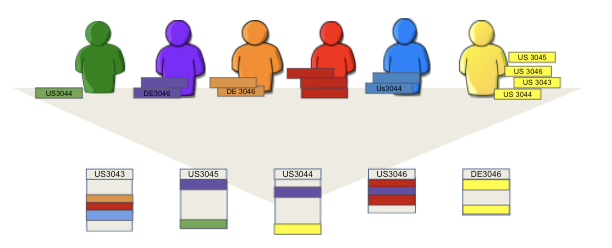
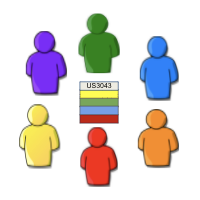
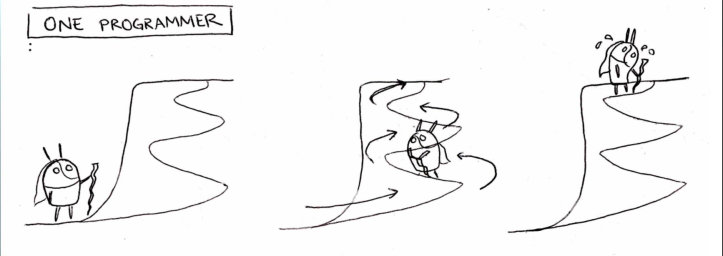

- Deliberate learning
- Spike branches
- Just go for a walk
All the brilliant people working on the same thing, at the same time, in the same space, on the same computer. -- Woody Zuill
Thanks for your attention!
